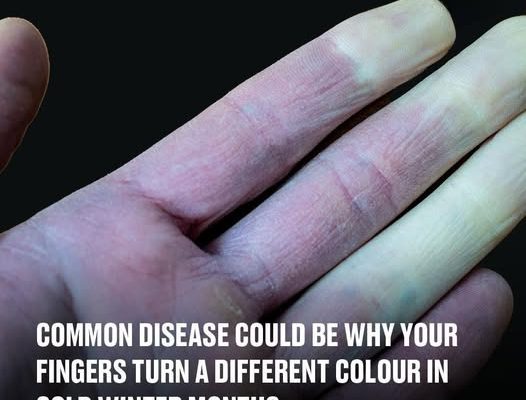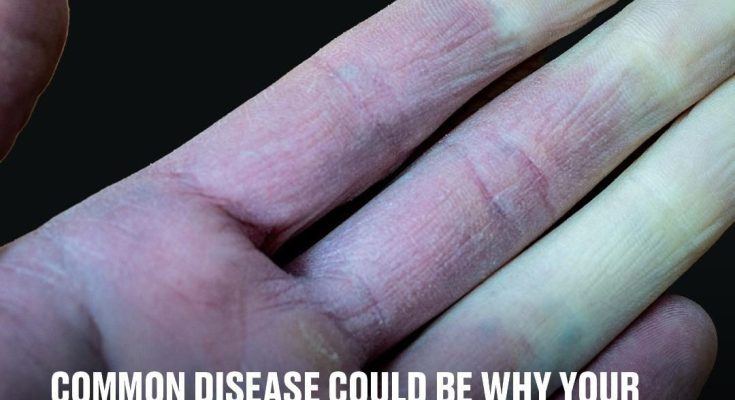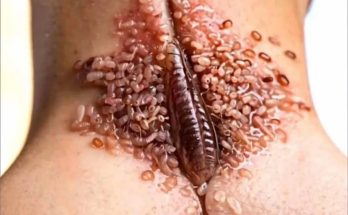Common disease could be why your fingers turn a different colour in cold winter months
Understanding Raynaud’s Disease
Millions of people experience a peculiar reaction when exposed to extreme cold—their extremities change color.
From fingers to toes, these distant parts of the body can take on unusual hues during the freezing winter months. If you’ve ever noticed this and felt concerned, you’re not alone. It’s something many people eventually grow accustomed to and accept as normal.
However, this color change—from your usual skin tone to shades of pale white or deep red—is actually a sign of a medical condition affecting millions worldwide.

What is Raynaud’s Disease?
Known as Raynaud’s disease or Raynaud’s phenomenon, this condition occurs when extremities are exposed to intense cold. It’s more than just the typical chill people feel without gloves in brisk weather.
Dr. Melisa Lai Becker, speaking to Good Morning America, explains, “The average person can endure chilly weather with their fingers just feeling cold. But with Raynaud’s, it’s different. You’ll notice a distinct color change and a sharp drop in temperature.”
“If you touch someone’s hands with Raynaud’s, they’ll feel ice-cold, even in moderately cool environments,” she adds.
According to the NHS, Raynaud’s phenomenon happens when blood stops circulating properly to fingers and toes. While common, it typically doesn’t lead to serious health problems.

Symptoms of Raynaud’s
Raynaud’s affects blood circulation, causing visible changes when triggered by cold, stress, or anxiety. The NHS highlights several symptoms:














